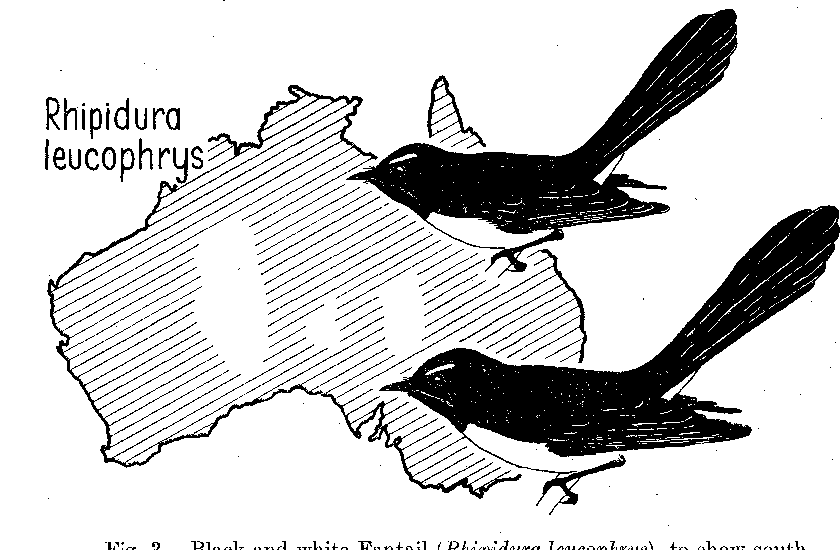There’s a thing called Bergmann’s Rule. This is an ecogeographical rule that states that within a broadly distributed taxonomic group, populations and species of larger size are found in colder environments, and species of smaller size are found in warmer regions. This only applies to birds and mammals because they produce their own body heat.
First, think of a cube. A cube that is one unit on a side has a area of 6 square units and a volume of one cubic unit. Increase the side unit to two and the measures are 24 square units surface area and 8 cubic units. Increase the sides to three and the figures are 54 square and 27 cubic. What’s happening here is that as the cube gets larger, the ratio of surface area to volume changes. The larger the cube the greater the volume compared to the surface area.
What does this mean to mammals and birds? Think of the surface as as the skin and the volume as the internal body. The volume creates heat and the surface area loses it. Small animals like shrews and mice and small birds like hummingbirds, sunbirds, and bushtits lose heat rapidly so they are actively seeking food much of the time while animals like deer, elephants, pheasants, ostriches, and swans feed much more leisurely because their skin area is comparatively less compared to their volume. Thus, larger animals are found in colder environments simply because they can maintain their body heat better than smaller animals.

Example: Black and White Fantails are distributed over much of Australia but the individuals in the warmer north are 11% smaller than the ones in the cooler south. In the U.S. we find a similar pattern with Fox Sparrows which are larger in the cooler north than in the warmer south of their range. There are lots of example of this phenomenon across the world.
Now what effect could global warming be having? According to an article in the Independent -“Birds are getting smaller, according to an analysis of migratory birds that died after colliding into buildings in Chicago and were collected as specimens for the Field Museum of Natural History.
David Willard, a Field Museum ornithologist, has measured the Windy City’s dead birds since 1978. Data from his calipers and scales reveal decades-long trends in bird bodies: Their legs, on average, are growing shorter. They have lost weight. Their wings are getting slightly longer.These changes are present in nearly all of the species he measured, according to a study of 70,716 bird specimens from almost 40 years published in the journal Ecology Letters.”
This is one reason why it is important to preserve bird skins. We can see the changes in size, color, weight over time to derive an evolutionary view of changes in bird populations. Egg collections in museums were important in determining why DDT was causing some bird populations to decline. We were able to measure the shells of eggs collected many years ago with recent eggs and determined that they were thinner and DDT was the cause.
It’s unfortunate that so many birds had to meet their demise against the side of a building, but in this case science has benefited.